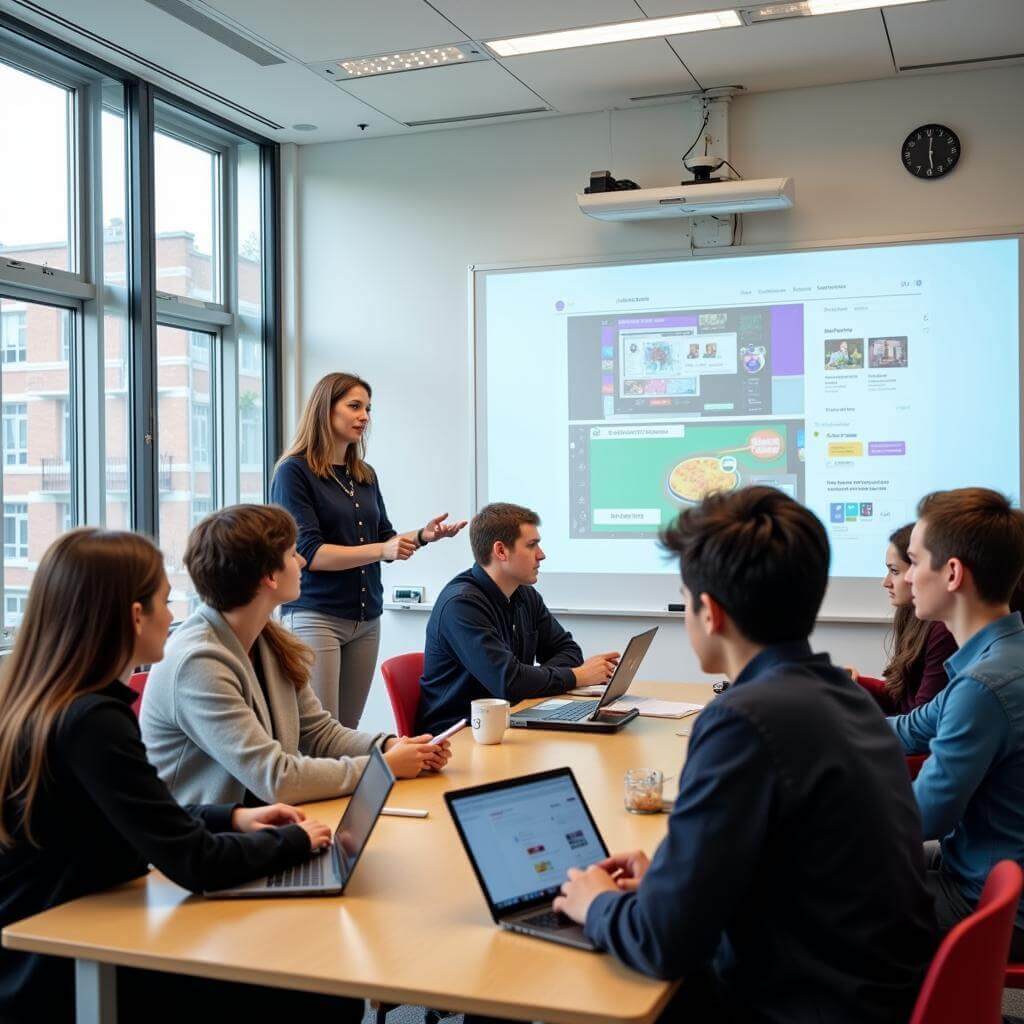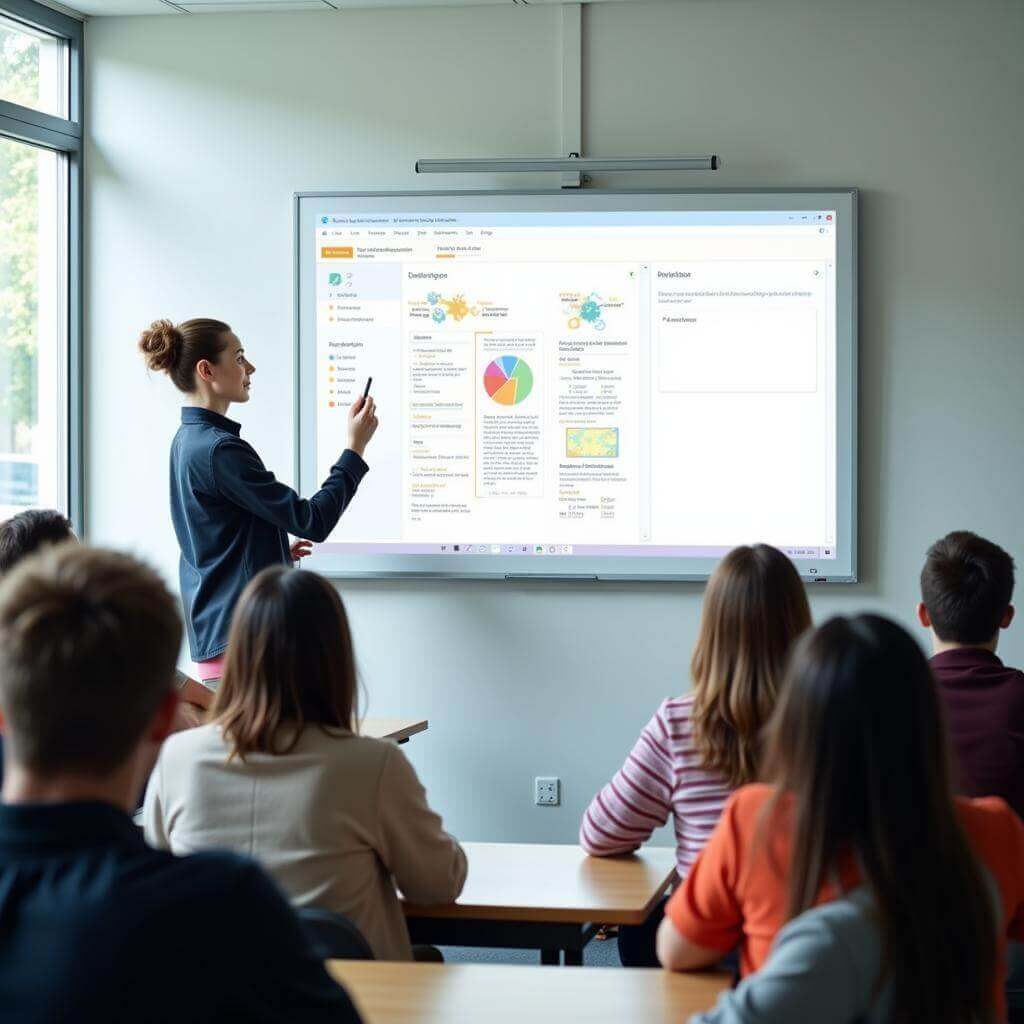The IELTS Reading test often includes passages on contemporary issues in education. One such topic that frequently appears is “The influence of technology on early childhood education”. Let’s explore this theme through a complete IELTS Reading practice test, followed by an in-depth analysis and expert tips.
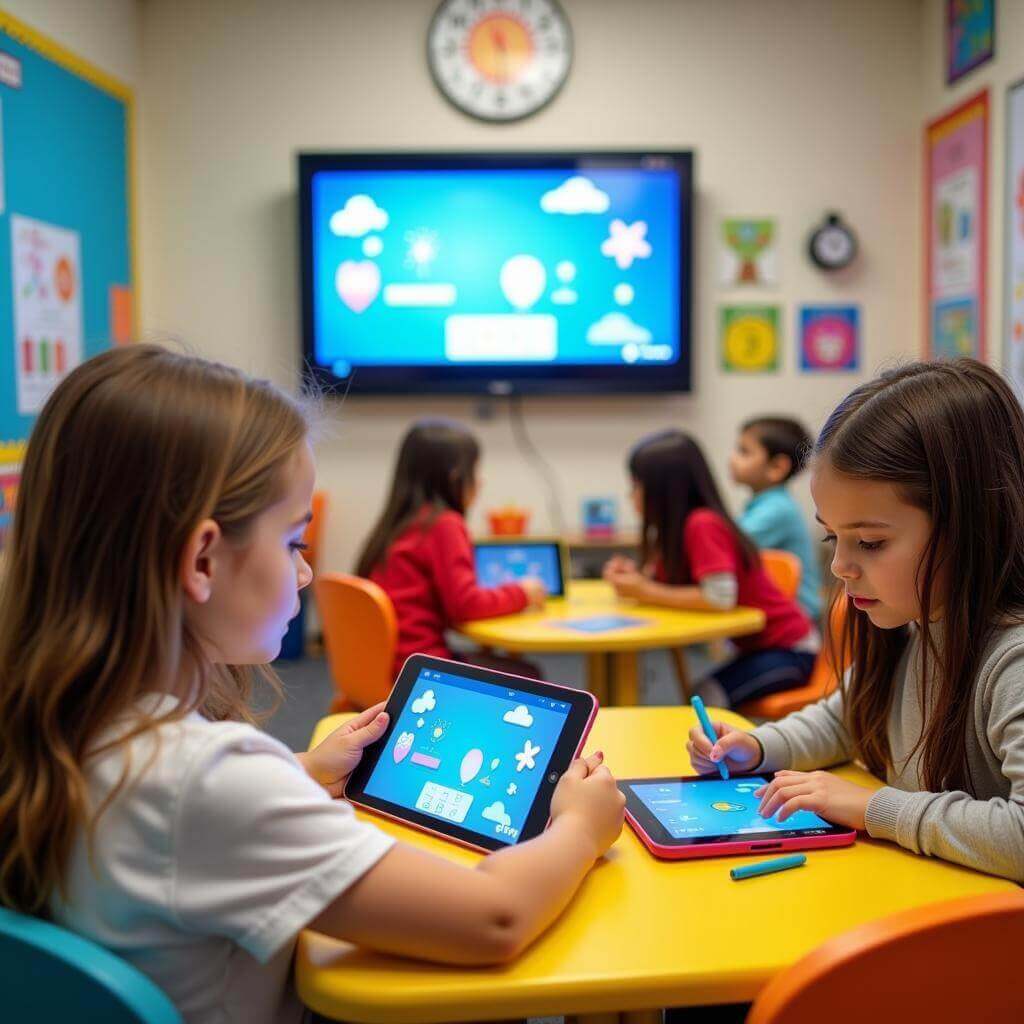 Technology's influence on early childhood education
Technology's influence on early childhood education
IELTS Reading Practice Test
Passage 1 – Easy Text
The Digital Revolution in Early Learning
In recent years, the landscape of early childhood education has undergone a significant transformation, largely due to the rapid advancement and integration of technology. This digital revolution has brought about both opportunities and challenges for educators, parents, and young learners alike.
One of the most notable changes has been the introduction of interactive learning tools in preschools and kindergartens. Touchscreen devices, such as tablets and smart boards, have become increasingly common in classrooms, offering engaging ways for children to explore concepts in mathematics, literacy, and science. These tools provide immediate feedback and can adapt to each child’s learning pace, fostering a more personalized educational experience.
Additionally, educational apps and software designed specifically for young children have proliferated. These digital resources often use gamification techniques to make learning more enjoyable and captivating for young minds. For instance, alphabet apps might use animated characters and cheerful sounds to help children recognize letters and their corresponding phonetic sounds.
However, the integration of technology in early education is not without its critics. Some experts argue that excessive screen time can negatively impact young children’s social skills and physical development. They emphasize the importance of balancing digital learning with traditional hands-on activities and face-to-face interactions.
Despite these concerns, proponents of technology in early education highlight its potential to bridge learning gaps and provide access to educational resources for children in remote or underserved areas. Virtual field trips and video conferencing tools, for example, can expose young learners to diverse cultures and experiences they might not otherwise encounter.
As we navigate this digital age, it’s clear that technology will continue to play a significant role in shaping early childhood education. The challenge lies in harnessing its benefits while mitigating potential drawbacks, ensuring that young learners receive a well-rounded education that prepares them for an increasingly digital world.
The influence of art movements on education has also played a crucial role in shaping modern educational practices, often complementing technological advancements in unique ways.
Questions 1-7
Do the following statements agree with the information given in the passage? Write
TRUE if the statement agrees with the information
FALSE if the statement contradicts the information
NOT GIVEN if there is no information on this
- Interactive learning tools have become more common in early childhood classrooms.
- All educational experts agree on the benefits of technology in early education.
- Educational apps for young children often use game-like elements to engage learners.
- Screen time has no impact on children’s social skills development.
- Technology can help provide educational opportunities for children in remote areas.
- Virtual field trips can expose children to new cultures and experiences.
- The use of technology in early education is a temporary trend.
Questions 8-10
Complete the sentences below. Choose NO MORE THAN TWO WORDS from the passage for each answer.
- Touchscreen devices like tablets and smart boards offer ___ feedback to young learners.
- Some experts emphasize the need to balance digital learning with ___ activities.
- The integration of technology in early education presents both ___ and challenges.
Passage 2 – Medium Text
The Cognitive Impact of Digital Tools on Young Minds
The proliferation of digital technology in early childhood education has sparked intense debate among researchers, educators, and child development specialists. While some herald the potential of these tools to revolutionize learning, others express concern about their impact on cognitive development. This complex issue requires a nuanced examination of both the benefits and potential drawbacks of integrating technology into early learning environments.
One of the most touted advantages of digital tools is their ability to enhance cognitive skills in young children. Interactive educational software can improve problem-solving abilities by presenting challenges that adapt to a child’s skill level, gradually increasing in difficulty as the child progresses. This personalized approach to learning can boost confidence and maintain engagement, crucial factors in early cognitive development.
Moreover, well-designed digital activities can foster spatial reasoning skills. For instance, digital puzzles and building games can help children understand concepts of shape, size, and spatial relationships in ways that may be more dynamic than traditional toys. Some studies suggest that these digital experiences can translate into improved performance in math and science later in a child’s academic journey.
However, the impact of technology on attention spans and executive function skills in young children remains a contentious issue. Critics argue that the fast-paced nature of many digital activities may contribute to shorter attention spans and difficulties with sustained focus. The constant stimulation and immediate gratification provided by digital devices could potentially undermine the development of crucial self-regulation skills.
Another area of concern is the effect of screen time on language acquisition and social skills. While some educational apps claim to enhance vocabulary and communication, they cannot fully replicate the nuanced, back-and-forth interactions that occur during face-to-face communication with caregivers and peers. These real-world interactions are fundamental to developing empathy, understanding social cues, and building robust language skills.
It’s also worth considering the potential impact of technology on creativity and imaginative play. Traditional open-ended play with physical objects allows children to create their own narratives and problem-solving scenarios. Some experts worry that highly structured digital activities might limit this type of free-form creative thinking.
Despite these concerns, proponents of educational technology argue that when used judiciously, digital tools can complement rather than replace traditional learning methods. They emphasize the importance of curated content and guided interaction, where adults play a crucial role in mediating children’s digital experiences and connecting them to real-world concepts.
As research in this field continues to evolve, it’s becoming clear that the cognitive impact of digital tools on young minds is neither uniformly positive nor negative. The key lies in thoughtful implementation, balancing screen time with other crucial developmental activities, and ensuring that technology serves as a tool to enhance, rather than dominate, the early learning experience.
How multiculturalism shapes educational policies is another important factor to consider alongside technological influences, as both play significant roles in modern educational approaches.
Questions 11-15
Choose the correct letter, A, B, C, or D.
-
According to the passage, digital tools in early childhood education:
A) Are universally accepted as beneficial
B) Are considered harmful by all experts
C) Have sparked debate among specialists
D) Have no impact on cognitive development -
Interactive educational software is said to:
A) Replace traditional teaching methods
B) Hinder problem-solving abilities
C) Adapt to a child’s skill level
D) Decrease student engagement -
The passage suggests that digital puzzles and building games may:
A) Negatively affect spatial reasoning
B) Improve performance in math and science
C) Replace all traditional toys
D) Have no effect on cognitive skills -
Critics of technology in early education argue that digital activities may:
A) Improve attention spans
B) Enhance executive function skills
C) Contribute to shorter attention spans
D) Have no effect on focus abilities -
According to the passage, face-to-face communication is important for:
A) Developing empathy and social skills
B) Improving digital literacy
C) Enhancing screen time quality
D) Replacing educational apps
Questions 16-20
Complete the summary below. Choose NO MORE THAN TWO WORDS from the passage for each answer.
The integration of technology in early childhood education presents both opportunities and challenges. While digital tools can enhance (16) skills and foster spatial reasoning, concerns exist about their impact on attention spans and (17) skills. Some experts worry that screen time might affect (18) and social skill development. There are also concerns about the potential limitation of (19) play. However, proponents argue that when used properly, digital tools can complement traditional methods, emphasizing the importance of (20) ___ and guided interaction.
Passage 3 – Hard Text
The Socioeconomic Implications of Technological Integration in Early Education
The incorporation of technology into early childhood education has far-reaching implications that extend beyond the immediate cognitive and developmental effects on individual children. This technological shift is reshaping the landscape of early education in ways that have significant socioeconomic ramifications, influencing everything from educational equity to future workforce preparation and the very structure of educational institutions.
One of the most profound potential impacts of technology in early education is its capacity to address issues of educational equity. In theory, digital tools can democratize access to high-quality educational resources, bridging gaps between socioeconomic groups and geographical regions. Cloud-based learning platforms and educational apps can provide children in underserved areas with access to materials and experiences that were once the province of more affluent communities. This democratization of knowledge has the potential to level the playing field, giving children from diverse backgrounds a more equal starting point in their educational journey.
However, this potential for equity is often undermined by the very real digital divide that persists in many societies. Access to technology and high-speed internet remains uneven, with children from lower-income families or rural areas often at a disadvantage. This disparity in access can exacerbate existing educational inequalities, creating a new form of educational stratification based on technological access and literacy.
Moreover, the integration of technology in early education has significant implications for future workforce preparation. As economies increasingly shift towards knowledge-based and digital sectors, early exposure to technology can be seen as a form of essential skill-building for future employment. Children who become comfortable with digital tools from an early age may have a competitive advantage in future job markets that prize technological proficiency and adaptability.
This shift also raises questions about the changing role of educators in technology-rich environments. Teachers of young children are increasingly required to be not just pedagogical experts but also proficient in educational technology. This evolving skill set demand has implications for teacher training programs, professional development, and potentially, compensation structures within the education sector.
The economic impact extends to the educational technology industry itself, which has seen explosive growth in recent years. The demand for digital educational tools for young children has spawned a multibillion-dollar industry, creating new jobs and economic opportunities. However, this commercialization of early education raises ethical questions about the influence of profit motives on educational content and the potential for data privacy concerns regarding young learners.
Furthermore, the integration of technology in early education is reshaping the physical and operational structures of educational institutions. Traditional classroom layouts are being reimagined to accommodate digital learning stations, and school budgets are increasingly allocating significant funds for technology purchases and upgrades. This shift has economic implications not only for schools and districts but also for families who may be expected to provide or supplement technological tools for home use.
The long-term socioeconomic impacts of this technological integration are still unfolding. While technology has the potential to enhance educational outcomes and prepare children for a digital future, it also risks creating new forms of inequality and educational stratification. Policymakers, educators, and society at large must grapple with these complex issues to ensure that the integration of technology in early education serves to narrow, rather than widen, socioeconomic gaps.
As we navigate this digital transformation in early education, it is crucial to consider not just the immediate cognitive impacts on children, but also the broader societal implications. Balancing the promise of technological advancement with the imperative of educational equity will be one of the key challenges in shaping the future of early childhood education in an increasingly digital world.
The impact of educational media on children’s cultural perceptions is another aspect to consider alongside the socioeconomic implications of technology in early education, as both factors significantly influence children’s worldviews and future opportunities.
Questions 21-26
Complete the sentences below. Choose NO MORE THAN TWO WORDS AND/OR A NUMBER from the passage for each answer.
- Digital tools have the potential to ___ access to high-quality educational resources.
- The ___ is a persistent issue that can undermine the potential for educational equity through technology.
- Early exposure to technology can be viewed as essential ___ for future employment.
- Teachers are now required to be proficient in ___ in addition to their pedagogical expertise.
- The demand for digital educational tools has led to the growth of a ___ industry.
- The integration of technology is causing schools to reimagine traditional ___.
Questions 27-30
Do the following statements agree with the information given in the passage? Write
YES if the statement agrees with the views of the writer
NO if the statement contradicts the views of the writer
NOT GIVEN if it is impossible to say what the writer thinks about this
- Technology in early education always leads to improved educational outcomes for all children.
- The commercialization of early education through technology raises ethical concerns.
- Schools are reducing their budgets for technology purchases and upgrades.
- The long-term socioeconomic impacts of technological integration in early education are fully understood.
Answer Key
Passage 1
- TRUE
- FALSE
- TRUE
- FALSE
- TRUE
- TRUE
- NOT GIVEN
- immediate
- hands-on
- opportunities
Passage 2
- C
- C
- B
- C
- A
- cognitive
- executive function
- language acquisition
- creative
- curated content
Passage 3
- democratize
- digital divide
- skill-building
- educational technology
- multibillion-dollar
- classroom layouts
- NO
- YES
- NO
- NO
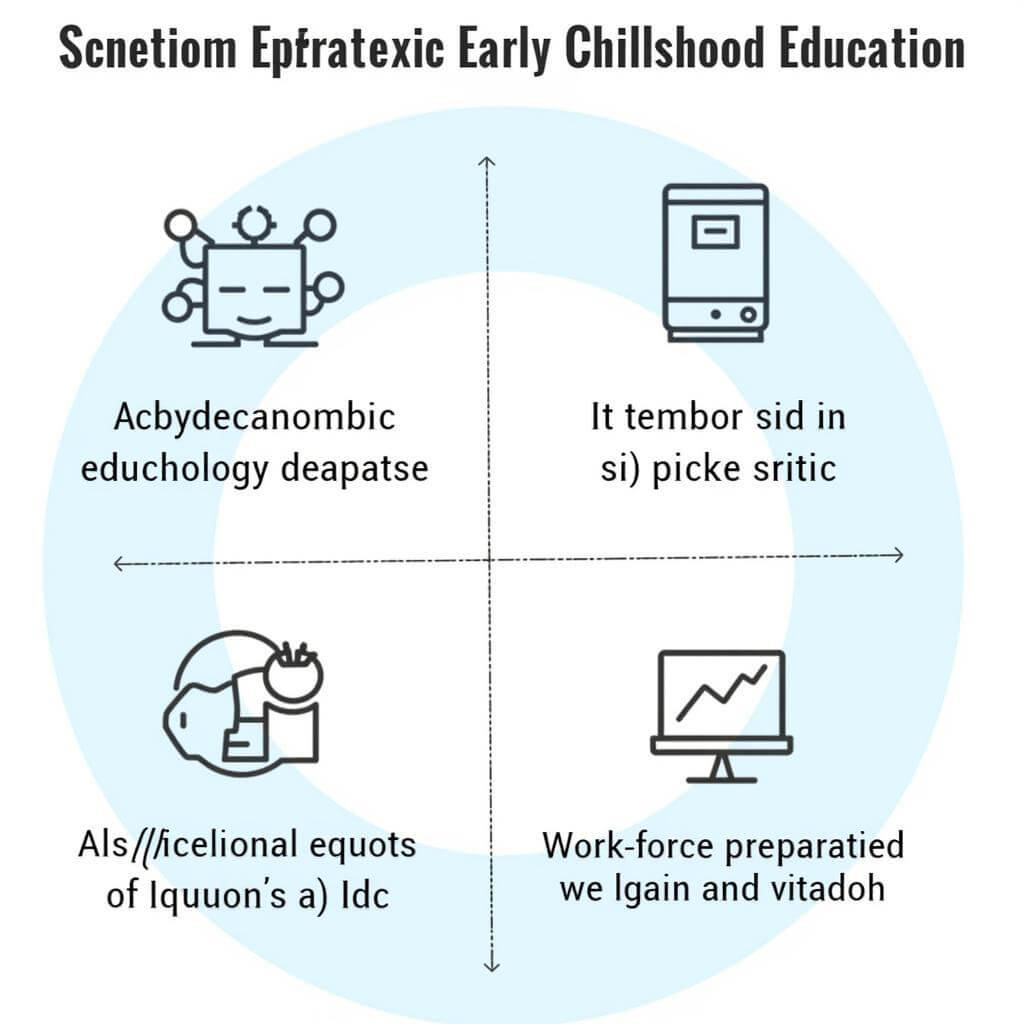 Socioeconomic impact of technology in early education
Socioeconomic impact of technology in early education
Analysis and Expert Tips
The IELTS Reading test on “The influence of technology on early childhood education” covers a range of complex issues, from cognitive development to socioeconomic implications. Here are some key points and tips for tackling similar passages:
-
Vocabulary Focus: Pay attention to academic and topic-specific vocabulary such as “gamification”, “spatial reasoning”, and “digital divide”. Understanding these terms is crucial for comprehending the nuances of the passage.
-
Critical Thinking: Questions often require you to infer information or understand the author’s stance. Practice identifying main ideas and supporting details.
-
Time Management: With three passages of increasing difficulty, allocate your time wisely. Spend less time on the easier questions to save time for the more challenging ones.
-
Skimming and Scanning: Develop these skills to quickly locate specific information in the text, especially for detail-oriented questions.
-
Recognizing Patterns: Notice how the passages progress from general concepts to more specific and complex ideas. This structure is common in IELTS Reading tests.
Cultural influences on the development of social-emotional learning is another important aspect to consider alongside technological influences in early childhood education, as both factors play crucial roles in shaping children’s overall development.
Remember, success in the IELTS Reading test comes from regular practice and familiarity with various question types. Focus on improving your reading speed and comprehension of academic texts to boost your performance.
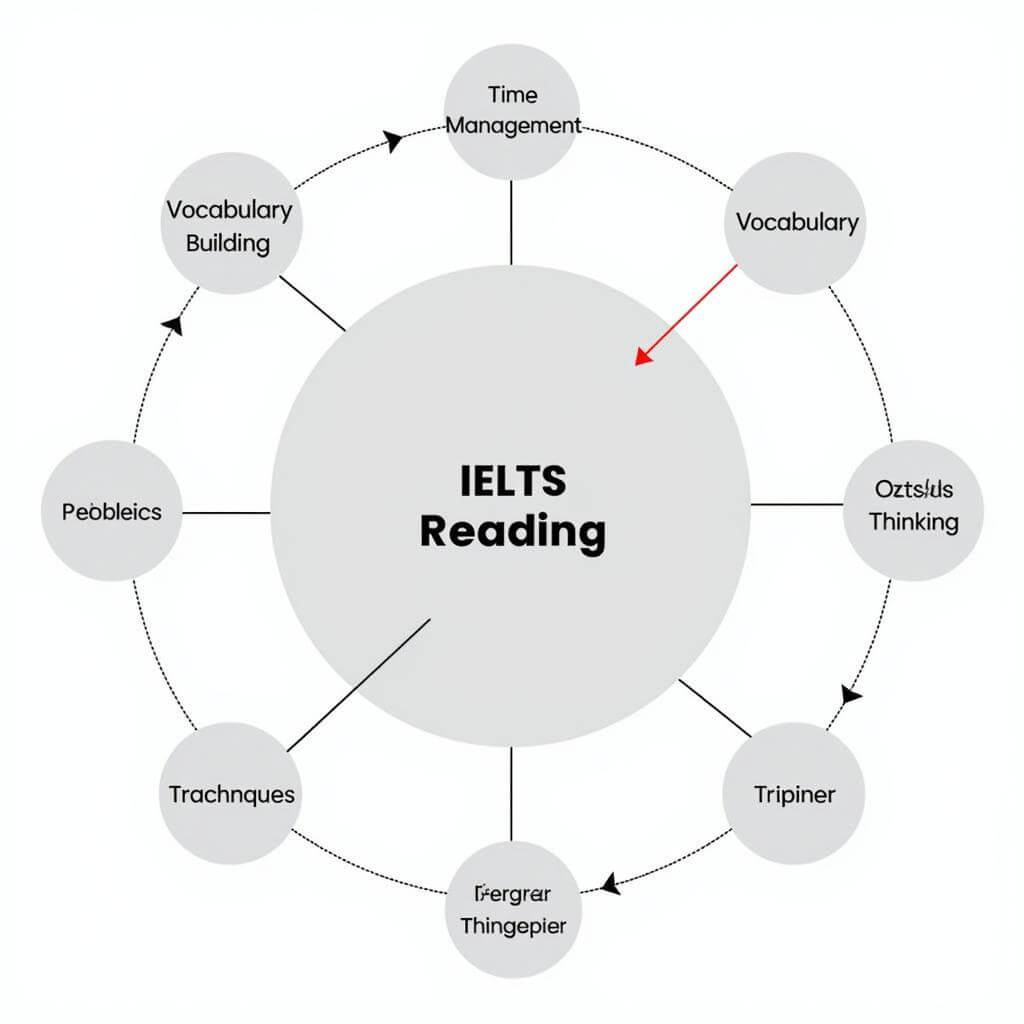 IELTS Reading strategies for technology and education topics
IELTS Reading strategies for technology and education topics
By understanding the complexities of topics like technology in early childhood education, you’ll be better prepared to tackle similar passages in your IELTS Reading test. Keep practicing with diverse texts and remember to apply these strategies consistently.
Cultural differences in early childhood education also intersect with technological influences, providing another layer of complexity to consider when approaching IELTS Reading passages on education topics.

